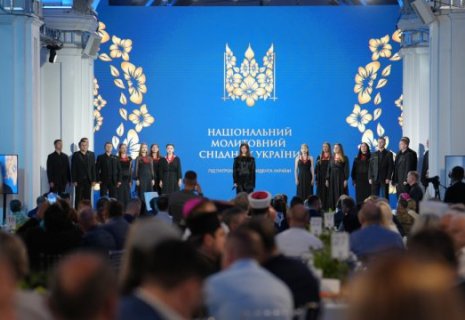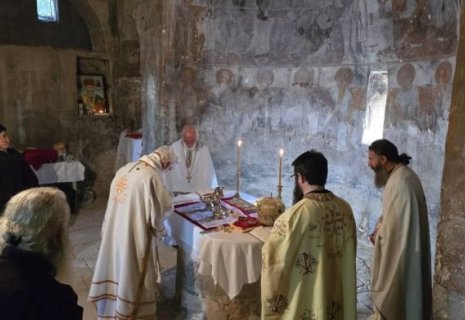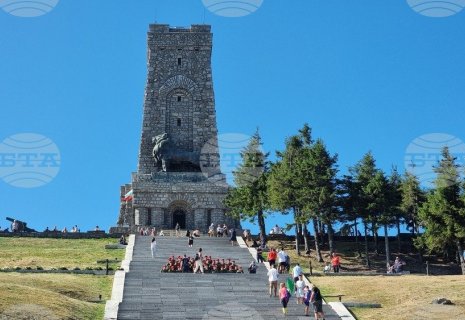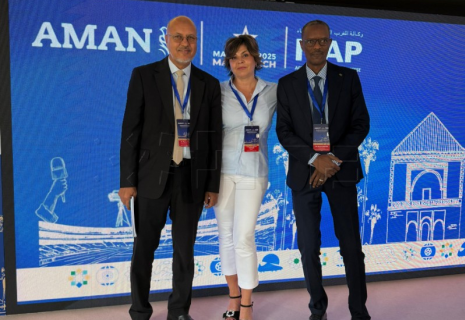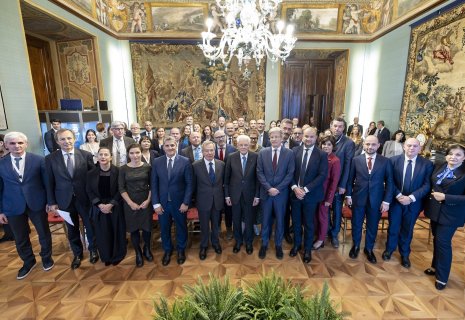
Ancient Treasure Unearthed at Histria Fortress
Over 40 coins and several ancient precious metal ornaments were discovered at the Histria archaeological site - Constanta County, during the digging campaign carried out in the Roman fortress's Great Gate - Great Tower sector, under the coordination of the National Museum of Romanian History (MNIR), the museum reports, CE Report quotes AGERPRES.
The artifacts were discovered in a house assumed to have burned down during the Roman period; numerous other items were found in the same layer (inscriptions, ceramic vessels, objects made of bronze, iron, glass, stone etc.)
'The specifics of the treasure's discovery indicate that the ornaments and coins were kept in a wooden box, and during the fire they fused together due to the heat. Most likely, the house belonged to an important family from the mid-2nd century - mid-3rd century AD, and the valuables were kept in a special place, but couldn't be saved when the fire broke out. This sumptuous Roman house, with limestone pavements and painted plaster walls, as well as the archaeological remains discovered are significant testimonies for the reconstruction of a moment in the life of the old fortress during the Roman Principate period,' the release states.
Due to their features, the ancient coins and ornaments will be classified in the Treasure category of the national cultural heritage.
The objects were taken to the restoration laboratory of the National Museum of History, joining its collections.
Archaeological research at the Histria site began in 1914, and activities are currently being carried out under the coordination of the 'Vasile Parvan' Institute of Archaeology in Bucharest, in collaboration with the Museum of National History and Archaeology in Constanta, the National Museum of Romanian History, the History Faculty of the University of Bucharest, and the Ovidius University of Constanta.
'The National Museum of Romanian History has a distinct research sector assigned within the site, where it has been carrying out own-funded archaeological excavations since 2000 to the present day; the goal is to study the early Roman era in Histria,' the cited source mentions.
To date, the MNIR team of archaeologists has researched a series of buildings and archaeological complexes dating from the late Hellenistic era (1st century BC) to the last Early Roman stratum (4th - 6th centuries AD).
'Among these, the most noteworthy are new portions of two streets which were already known from previous research, a new street route, three large buildings sitting on these arteries, conduits for collecting household water or drinking water pipes, a fountain, an oven, various archaeological objects (supply vessels, amphorae, luxury and common use vessels, items made of bronze, iron, glass and bone, coins, fragments of inscriptions and architectural works etc.),' the cited release also states.


